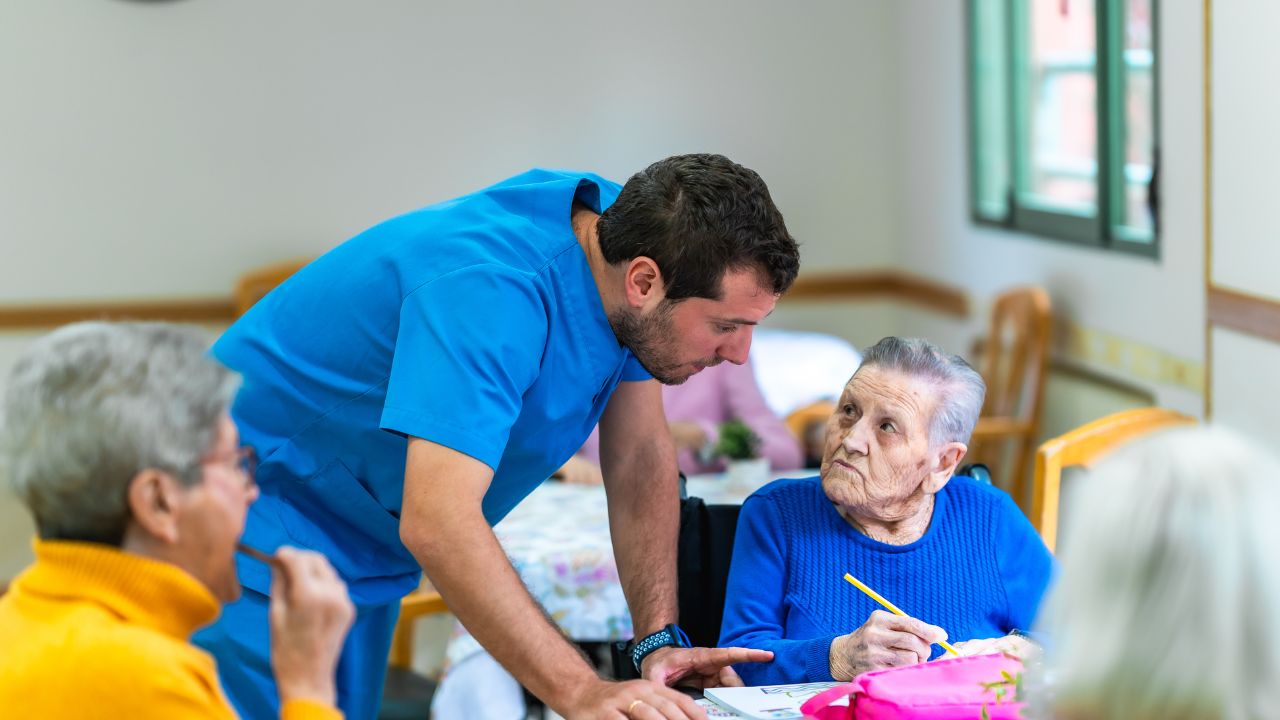Why is CPR awareness critical? Knowing CPR and having proper CPR training could save someone's life during an emergency. Having the knowledge to perform CPR is both a personal and professional skill. But how can you get CPR certified? Who needs CPR certification? What jobs require CPR training? If you're interested in learning more, this article will provide information and discuss the importance of CPR.
What Jobs Require CPR Training?
You may think you won't have to learn CPR if you're not in the medical field. This is wrong. CPR training and certification are usually required in many job settings. Even in your everyday settings, there could be a cardiac arrest victim. While it may be hard to imagine using CPR on a victim, that moment could happen at any second in reality.
What jobs require CPR training and certification? If you work in environments with physically demanding tasks, you're a great candidate for CPR training! Jobs like firefighters, police officers, athlete trainers, child care providers, flight attendants, correctional officers, lifeguards, flight attendants, retail managers, school staff, and all medical staff.
Firefighters and police are first responders in emergencies. They must provide immediate care to those victims of such situations. Both jobs require CPR certification. Athletes and fitness trainers must be aware of the risks of physical activity—the chance of cardiac arrest increases during these situations. Flight attendants must know CPR because it is impossible to get 911 into a moving plane while in the air. School staff and childcare workers must be in the immediate care and attention of any child. You can never be too cautious. All healthcare professions require CPR certification. However, training isn't the same for healthcare professionals. Classes will train for situations and grant certification for BLS (Basic Life Support) and ACLS (Advanced Cardiac Life Support).
Who else should know CPR? In a perfect world, everyone would know CPR skills. Emergencies can occur at any second. Where can you learn about CPR and training? How can you get CPR certified? While you may have been taught in the classroom, you can take online and in-person training courses. Typical courses cover CPR, rescue breathing, using AED, and choking.
Is getting CPR certified hard? No, classes for CPR training are generally straightforward. While a lot of information is covered, the skill requires more technical and physical abilities.
What Is BLS?
Basic Life Support, aka BLS, is the level of medical care used for patients with life-threatening injuries or illnesses until they can receive complete medical care from life-support providers.
The 5 Steps of the BLS Assessment Include:
- Step 1: Scene safety
- Assessing the area of any debris, shrapnel, or other conditions before it is safe to begin CPR
- Step 2: Assess breathing
- The next step is to access the patient's airway. Performing CPR when a patient's chest is caved in, choking, or other factors may prevent the patient from breathing is unwise and dangerous.
- Step 3: Activate EMS
- Immediately call an emergency phone line and alert professionals while you perform CPR
- Step 4: Get the AED (Automated External Defibrillator)
- In many public spaces, first aid is available. Many provide AED, which you can operate if you are BLS certified. The AED will give recorded instructions to assist you while you do CPR.
- Step 5: CPR (Chest Compressions)
- Perform CPR, chest compressions, and rescue breaths.
What Is ACLS?
Advanced cardiac life support, aka ACLS, refers to the guidelines for the urgent treatment of cardiovascular conditions that might cause or have caused cardiac arrest. ACLS builds upon BLS skills. While BLS is the generic term for CPR, ACLS is required for nurses who work in hospital settings with critically ill patients. ACLS provides knowledge and information on higher-level interventions such as medications and intubation. ACLS emphasizes the importance of high-quality CPR.
What Are The Statistics?
In one year, nearly 350,000 Americans die from cardiac arrest. But how many people are saved annually by performing CPR? CPR can be successful in most cases, doubling or tripling the chances of survival for a patient. While many cardiac arrest incidents occur outside the hospital, almost 45% of patients survived because a bystander performed CPR.














